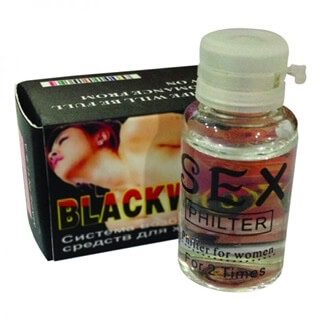Sildenafil, a prominent pharmacological agent marketed under the brand name Viagra, has revolutionized the therapeutic landscape for men grappling with erectile dysfunction (ED). This medication exerts its therapeutic influence by inducing relaxation of the penile vasculature, thereby facilitating an augmentation of blood flow and ultimately enabling the attainment and maintenance of a penile erection.
Unraveling the Mechanism of Action: A Physiological Perspective
The therapeutic efficacy of sildenafil is predicated upon its capacity to inhibit the activity of phosphodiesterase type 5 (PDE5), a crucial enzyme within the penile vasculature. PDE5 plays a pivotal role in the degradation of cyclic guanosine monophosphate (cGMP), a vital intracellular signaling molecule that mediates smooth muscle relaxation. By effectively inhibiting PDE5 activity, sildenafil facilitates an elevation of intracellular cGMP levels, thereby inducing vasodilation and augmenting blood flow to the erectile tissues.
Determining Optimal Dosage: A Personalized Approach
The initiation of sildenafil therapy typically commences with a recommended starting dose of 50 milligrams, administered approximately one hour before anticipated sexual activity. However, it is imperative to recognize that the optimal dosage may exhibit substantial inter-individual variability, contingent upon a constellation of factors, including chronological age, overall health status, and concomitant medical conditions.
Dosage Titration: A Tailored Approach:
Dosage adjustments may be necessary based on individual patient responses and tolerability profiles. Consider escalating the dosage to 100 milligrams or reducing it to 25 milligrams to optimize therapeutic efficacy while minimizing the risk of adverse events.
Frequency of Administration: A Cautious Approach:
The recommended frequency of sildenafil administration is generally limited to once per diem.
Navigating the Spectrum of Adverse Events: A Comprehensive Assessment
The use of sildenafil, like any medication, may lead to adverse events. Common adverse reactions encompass:
- Cephalalgia:
The manifestation of headache constitutes one of the most frequently encountered adverse events associated with sildenafil therapy.
- Dyspepsia:
The indication of indigestion or gastrointestinal discomfort is also an effect.
- Nasal Congestion:
The onset of nasal congestion or a runny nose can occur.
While less common, the emergence of more serious adverse events, such as priapism, sudden sensorineural hearing loss, and cardiovascular complications, has been documented in rare instances.
Temporal Profile of Pharmacological Effects: Duration and Onset of Action
The onset of sildenafil’s therapeutic effects typically occurs within a temporal window of 30 minutes to one hour following oral administration. The duration of therapeutic efficacy can extend up to four hours. This parameter may exhibit substantial inter-individual variability contingent upon various factors, including individual pharmacokinetics and the administered dosage.
The Significance of Sexual Stimulation: A Critical Factor:
It is imperative to emphasize that sildenafil does not exert a spontaneous erectile effect. The presence of adequate sexual stimulation remains an indispensable prerequisite for the elicitation of a physiological response culminating in the attainment of an erection.
In Conclusion
Viagra represents a significant therapeutic advancement in the management of erectile dysfunction, offering a viable treatment option for a substantial proportion of the male population. A comprehensive understanding of its pharmacological properties is essential for safe and effective utilization.







Leave a comment
Your email address will not be published. Required fields are marked *